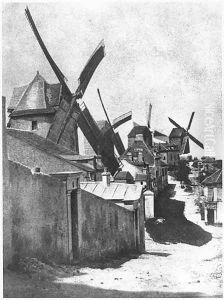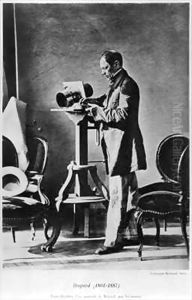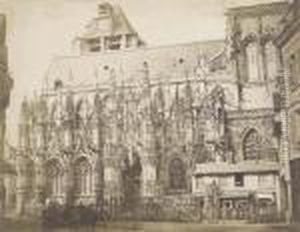Hippolyte Bayard Paintings
Hippolyte Bayard was a pioneering figure in the early days of photography, born on January 20, 1801, in Breteuil-sur-Noye, France, and passing away on May 14, 1887. Unlike his contemporaries Louis Daguerre and William Henry Fox Talbot, Bayard's contributions to the field of photography have not received the same level of recognition, despite his significant innovations and achievements. Bayard was a civil servant by profession, but his interest in the arts and sciences drove him to experiment with photographic processes.
In 1839, Bayard invented one of the earliest photography processes, known as direct positive printing, which allowed him to produce what he called 'direct positive paper photographs.' This process involved exposing light-sensitive paper to light, which would then be developed to reveal an image without the need for a negative. Remarkably, Bayard's method preceded the public announcement of Daguerre's daguerreotype process, making him one of the inventors of photography. However, due to political and financial interests, the French Academy of Sciences endorsed Daguerre's method, overshadowing Bayard's contributions.
Feeling slighted by the lack of recognition, Bayard staged one of the first-known examples of photographic protest art. He created a self-portrait depicting himself as a drowned man, accompanied by a text stating that he had been driven to suicide by the injustice of the world. This photograph is considered among the first instances of conceptual photography.
Despite the setback, Bayard continued to work and innovate in photography. He was among the first to experiment with photographic reproductions of prints and statues, and he also worked on developing color photography. Throughout his life, Bayard remained an active member of the French photographic community, participating in the founding of the French Society of Photography in 1854.
Hippolyte Bayard's legacy is that of an innovator who was unfortunately overshadowed by his contemporaries. Yet, his work laid important groundwork for the development of photographic processes and conceptual art. Today, he is recognized for his contributions to photography, not just as a technical innovator, but also as a pioneer of artistic expression through the medium.


